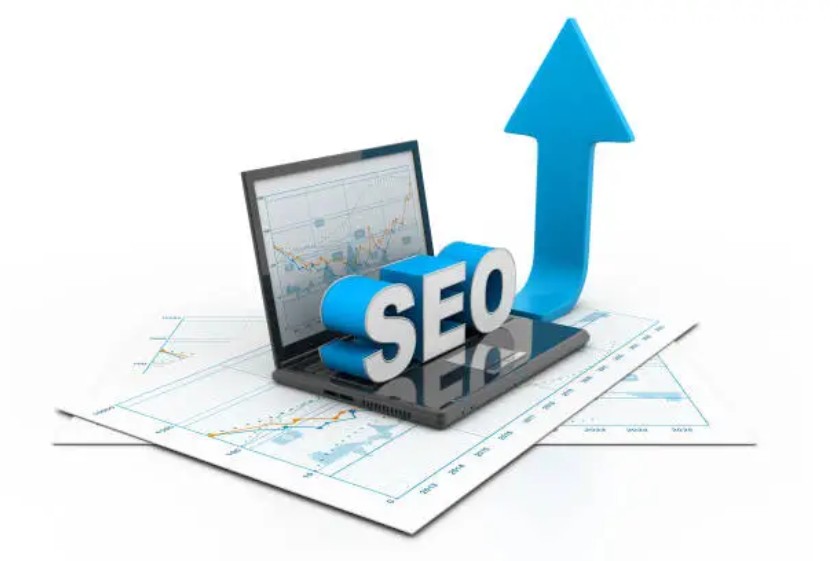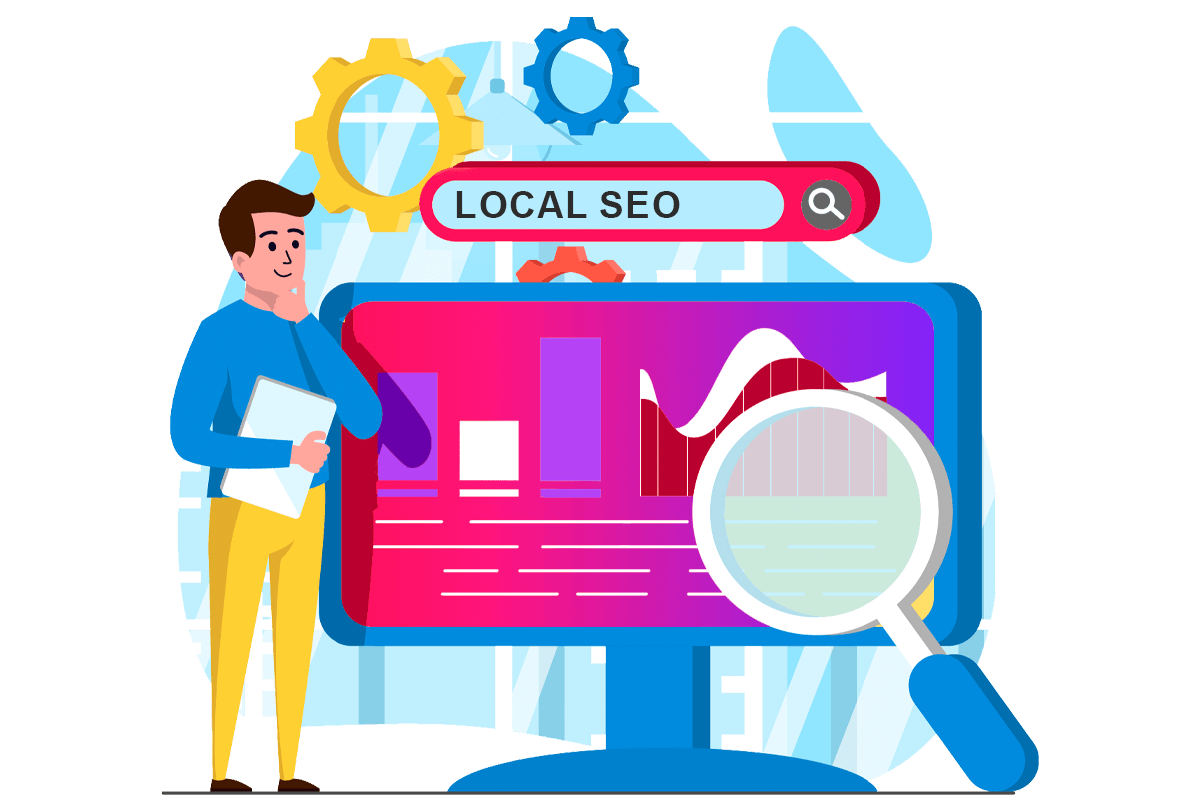In the vastly competitive world of e-commerce, the competition is fierce, and maintaining online visibility for your Shopify store can be a daunting task. Mastering SEO (Search Engine Optimization) for your Shopify store can make all the difference. Shopify, a popular ecommerce platform that powers around 29% of ecommerce sites. To beat the competition and attract more users, you need to work on more than just the basics. In this blog, we’ll dive into some lesser-known Shopify SEO secrets shared by the top e-commerce SEO services company to help you optimize your store and drive more organic traffic.
Table of Contents:
How Is Shopify Different From Other E-commerce Platforms?
Undoubtedly, Shopify Is a Popular Ecommerce Platform and Has Emerged as a Leading Player in the Ecommerce Platform Market.
Here Are the Following Ways in Which Shopify Is Different From Other E-commerce Platforms:
-
User-Friendliness
Known for its intuitive interface, Shopify caters to the needs of businesses of all types, from beginner to experienced. Even with minimal technical expertise, you can set up and manage an online store.
-
Hosting and Security
Shopify tops the charts and provides a fully hosted solution, which means you don’t need to worry about server management or security.
-
App Ecosystem
Shopify is a vast app store with thousands of third-party applications to enhance your store’s functionality. These apps add features such as marketing, shipping, accounting, and more.
-
Customizable Designs
Shopify offers its users a wide selection of professional themes that customise your brand’s look and feel. This allows the user to create a unique store without the need to hire a designer.
-
Payment Processing
Shopify built in payment processing options, simplifying the whole checkout process for customers.
-
Scalability
Shopify is designed to grow with your business. The best part about Shopify is that it offers plans to accommodate businesses of all sizes. Shopify can handle increasing traffic and sales volumes effectively.
5 Secrets to Boost Your Store’s Visibility
-
Optimize Your Shopify Store’s Structure
A lot of Shopify owners do not understand the importance of the store’s structure. It has a significant effect on the store’s user experience and Google’s search engine crawl. However, it’s crucial to do it correctly, as it can become a huge problem if not done correctly, while at the same time, it can give you an immense SEO boost.
The first step is to review your store’s hierarchy. This is what separates your Shopify store’s home page product pages listed under each category. Whichever structure you have (silo structure or flat structure), remember that, as a general rule of thumb, you want visitors to be able to get from your home page to any product page within 3 clicks.
Focusing on designing your Shopify store structure makes it easier for humans to navigate.
-
Improve User Experience
Shopify SEO services optimise the store’s structure, navigation, and page speed. All these improvements not only appeal to search engines but contribute to a better user experience. With these optimizations, users can easily find what they’re looking for, navigate the site effortlessly, and have a faster and more enjoyable browsing experience. This results in increased user engagement, longer time spent on the site, and improved conversion rates.
Google has said it a lot of times: your store’s ranking will suffer if you do not improve the user experience. Google has made user experience more important with the Google page experience update. These metrics measure the quality of user experience your Shopify site delivers.
-
Choose the Right Keyword for Store
Ecommerce websites are so vast that no ecommerce website can target every keyword. Based on your customers and products, you need to decide which keywords to try to rank for. Therefore, you’ll need to decide which keywords to try to rank:
Volume
The higher a keyword’s search volume, the more potential traffic will come to your site.
Competition
The lower the competition, the more likely you are to rank for a keyword.
Relevancy
One of the crucial ranking factors that most people neglect is how relevant your product page or category page is. This is a huge ranking factor that’s often neglected. Thus, it’s highly crucial to stick to keywords that your products can satisfy with.
Intent
Target keywords that show an intent to buy or learn about the product. Typically, you can evaluate the intent just by looking at a keyword.
-
Optimize Your Store’s Product Pages
Think about your Shopify website product pages such as a salesperson in a retail store. If anyone is on your product page, the end goal is to buy. This means that optimising your product pages for SEO has two crucial aspects:
Increased sales conversions
Give Google what they want to see.
Though always keep in mind that your product pages should be optimised for humans first and not just search engines. There’s no point in driving tons of organic traffic to your site if it doesn’t convert into real sales.
-
Leverage the Power of Internal Linking
Internal linking is a powerful yet often overlooked SEO strategy. By linking related products and pages within your store, you can:
Improve Navigation: Help users find related products and information more easily, enhancing their shopping experience.
Distribute Page Authority: Spread link equity throughout your site to boost the SEO performance of various pages. For example, link to your blog posts from product pages and vice versa.
-
Do Strong Content Marketing
Content is one of the best, easiest, and most affordable ways to increase your search traffic and build relationships with potential customers. The best part is when you get good at consistently writing killer content, so that your search traffic grows and so does your sales.
You should have the list of keywords ready to go. Now you want to use those keys to understand what content your author wants to read. The most common ways to understand what the audience is searching for are.
Questions on People also ask (Google search page), Reddit, and Quora
Answer the Public
To write content expertly, the best measure is to hire an eCommerce SEO company that has the team of professional content writers and freelancers who have a niche in several different industries.
Conclusion
Mastering Shopify SEO involves optimising your store’s structure, improving user experience, choosing the right keywords, and enhancing product pages. Leverage internal linking and invest in content marketing to boost visibility and drive traffic. By applying these lesser-known strategies, you can significantly enhance your Shopify store’s performance and attract more organic traffic.




